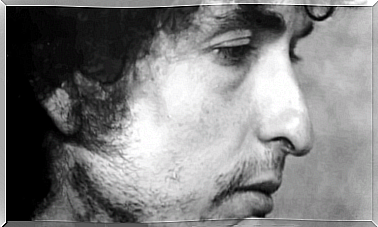Assertive Conflict Resolution Techniques

Communication often does not go as well as you would like. Misunderstandings and conflicts are common and can affect relationships and cause frustration. In that context, assertive conflict resolution techniques are simple procedures that help you protect your own rights and avoid encroaching on those of others.
If you learn and practice these simple techniques, they will eventually become part of your repertoire of natural responses. They may feel a little unreal at first, but that feeling fades with age.

What is assertiveness?
Assertiveness is a communication style (Spanish link) that allows an individual to express their desires, needs and opinions without hurting or insulting the listener. This concept is easier to understand if you keep these three basic types of communication in mind:
- passive. In this case, the persons are unable to express their opinion or defend their rights. He is not inclined to disagree because he is afraid of confrontation. Their need to please often leads them to feel manipulated or misunderstood by other people.
- Aggressive. At the other end of the spectrum are people who communicate in an imperative way and show no interest in another point of view. They try to impose their criteria and often use intimidation, accusations, or anger.
- Assertive. This communication style is the best, as it is characterized by the ability to disagree and express opinions while respecting the points of view of others. People with good self-esteem tend to use this communication style. Assertive communication is satisfying for all involved.
Assertive Conflict Resolution Techniques
Assertiveness is not an abstract concept. You can practice it in your relationships with others. You need to follow a basic order of approach when approaching a potential conflict, which is:
- Start by stating concrete facts, rather than generalities. Instead of saying, “ You’ll never spend time with me again, ” say, “ We’ve only seen each other twice in the past few weeks. “
- Express how the situation makes you feel instead of blaming or labeling the other person. Saying “ This makes me sad ” is better than saying “ You’re selfish .”
- Make a concrete proposal. For example: “ I would like us to pick one day of the week to see each other .”
- Explain how that plan would improve the situation. For example: “ That way we would have more time together and would argue less. “
Broken record technique
This technique involves repeating your affirmation over and over in a calm, controlled voice.
Fogging, one of the assertive conflict resolution techniques
You can use this technique when the other person criticizes you or gives you advice with the intention of manipulating you.
In this case, the technique involves acknowledging that what someone else is saying is partially true, but keeping the final decision in your own hands:

Assertive Matching Technique
In this situation, you accept what you did wrong without accepting a label. In other words, you reject the label the other person puts on you, but you accept your mistake.
Ignore
You can use this technique if the other person is very upset or angry. It means ignoring the reason for the argument.
These are just a few examples of the many techniques out there for being more assertive in conflict resolution in your day-to-day life.
As you can see, it is important to keep your voice calm, even and respectful. You want to avoid getting heated while still defending your position. With practice, assertiveness can become your most valuable tool for good communication in conflict resolution.









